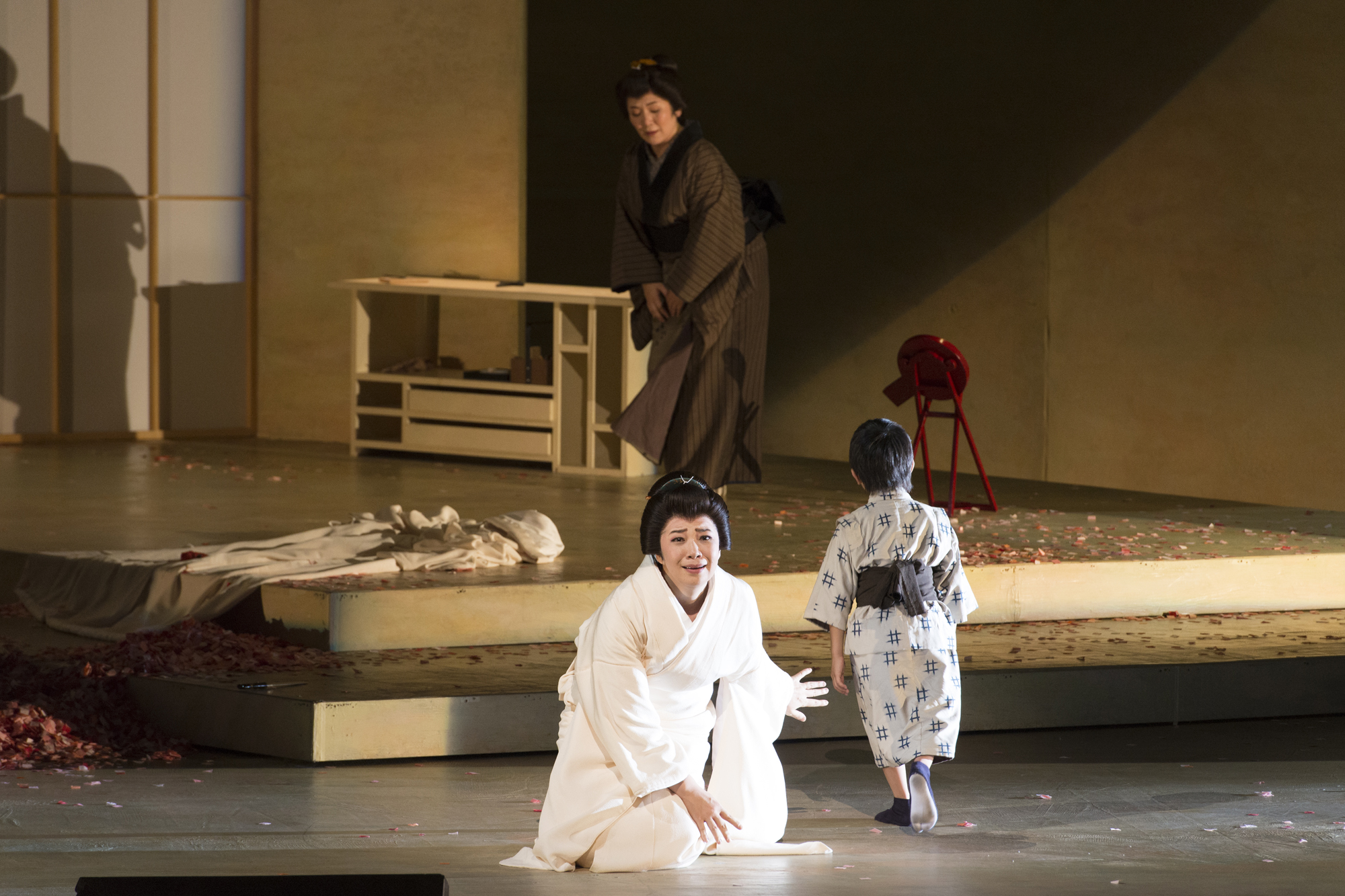Giacomo Puccini's "Madama Butterfly" tells the story of a young Japanese girl named Cio-Cio San ("chō-chō" is the Japanese word for "butterfly") marrying and getting dumped by an American naval officer named Pinkerton. First performed in Italy in 1904, the opera is one of the most popular in the world and was reportedly performed more than 2,640 times in the 2015-16 season.
As a Japanese woman myself, I've never really enjoyed "Madama Butterfly." This isn't a knock on any of the individual performances I've seen, I just never liked the message the story conveys — particularly Cio-Cio San's tragic suicide during the finale. Bringing this up with friends, as soon as I voiced my opinion they launched into a slew of other critiques concerning overseas stagings of the opera: the extravagant kimono-like costumes tend to ignore Japanese tradition, the exaggerated gestures are things Japanese would seldom do, and so on.
Since it was first performed in 2005, director Tamiya Kuriyama's version of the opera staged at the New National Theater, Tokyo (NNTT) has corrected some of the piece's cultural missteps — a necessity for its Japanese audience.
















With your current subscription plan you can comment on stories. However, before writing your first comment, please create a display name in the Profile section of your subscriber account page.